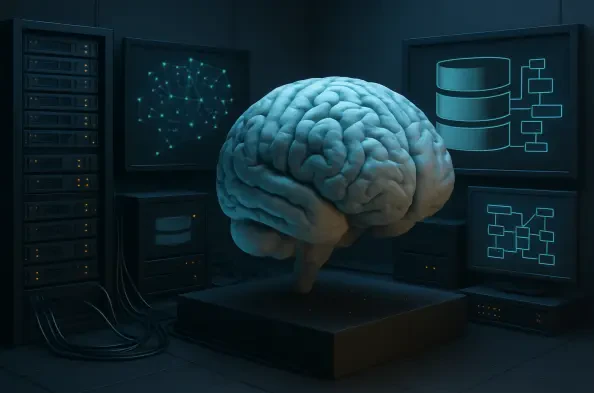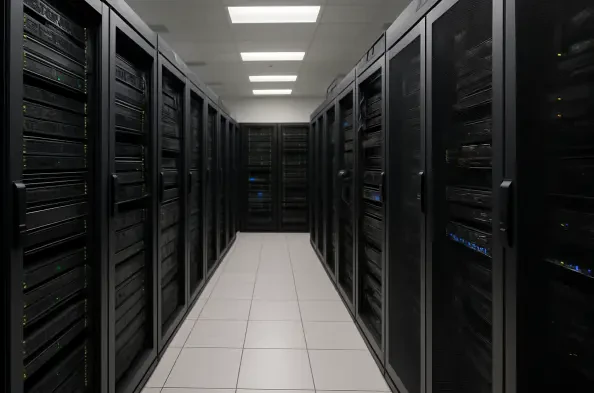Data Management
Enterprises worldwide are allocating billions of dollars to equip their teams with the latest generation of AI-powered personal computers, yet many are overlooking the critical variable that will ultimately determine the success or failure of this monumental investment: the people who will use them. The rush to adopt cutting-edge hardware,
The incredible sophistication of today's artificial intelligence models stands in stark contrast to the brittle, decade-old data foundations they are often forced to rely upon, creating a paradox that defines the current AI revolution. While advanced algorithms capture headlines with their near-human capabilities, the underlying data
The very fabric of knowledge work is being rewoven by a new class of artificial intelligence, one that operates not as a passive instrument but as a proactive, autonomous partner. This evolution from tool to agent is initiating a fundamental reorganization of business operations, moving the central focus of human effort away from the procedural
The most significant data breach of the coming decade may have already occurred, with vast troves of encrypted information being silently siphoned and stockpiled for a future decryption day powered by quantum computers. This looming threat is not a distant, theoretical exercise for academics but an active and present danger to global enterprises.
While executive investment in agentic Artificial Intelligence is accelerating at an unprecedented pace, a dangerous and widening gap exists between its adoption and the fundamental understanding of how it actually works. This is not merely a technical detail; it is a critical vulnerability exposing organizations to unchecked costs, severe





